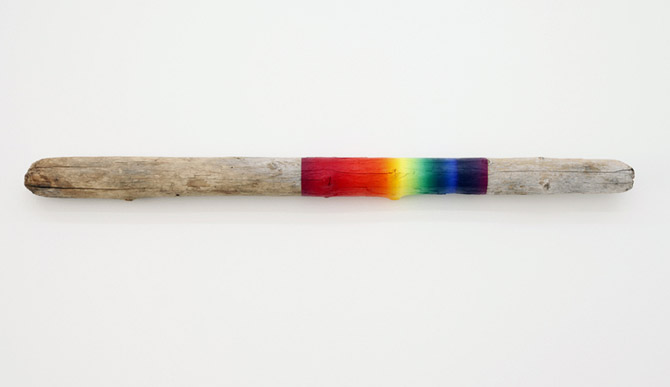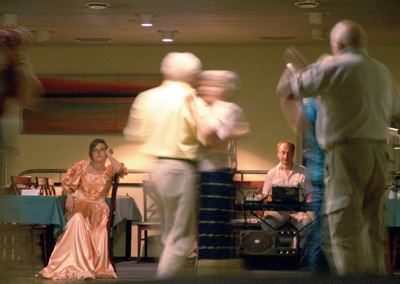Discussing Metamodernism
Postmodernism is over. As global warming, the credit crunch and political instabilities are rapidly taking us beyond that so prematurely proclaimed ‘End of History’, the postmodern culture of relativism, irony and pastiche, too, is superseded by another sensibility. One that evokes the will to look forward, that invokes the will to hope again. Discussing Metamodernism brings …






